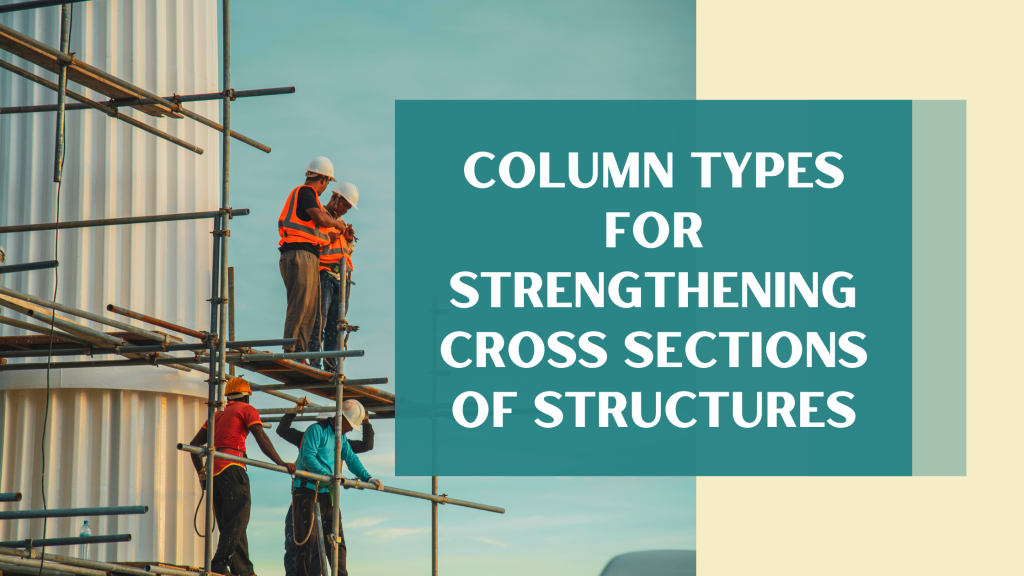Structural engineers are responsible for meticulously spearheading the construction of tall buildings like skyscrapers. These tall building needs to be constructed with a lot of precision and planning. As the building’s height starts to rise, a lot of factors start affecting the stability of the high-rise. Such as wind and seismic waves. These are lateral weights that can threaten the stability of the building under immense pressure. This is why, structural engineers here in Queensland and across the world use lateral load-resisting systems to support the structure.

Rigid Frame System:
Columns and Beams joined together. Beams and columns are cast in a single piece. This is most frequent in structural systems of various forms. The beam-column connection is stiff and moment-resisting, which aids in lateral load resistance. The lateral stiffness of a rigid frame is determined by the stiffness of its columns, beams, and any connections. When compared to other lateral load-resisting structural systems, the lateral deflection is significant. Deflection rises as the height of the structure increases. Structural engineers here in Queensland and elsewhere utilise it for structures of 15 to 20 storeys.
Shear Wall System:
It is one of the most simple and effective lateral load-resisting systems available. A shear wall is a solid continuous vertical wall that spans the entire height of the structure. Shear walls are incredibly rigid and resist stresses by bending vertically like a cantilever. They are quite rigid and strong in plane. Reinforced concrete structures are commonly used for shear walls. However, recent advances in structural engineering have enabled the use of steel, masonry, and wooden shear walls. It is suitable for up to 35-story structures.
Wall – Frame System:
This is made up of Shear Walls and Rigid Frames. Dual-systems are another name for dual-systems. This interaction is helpful because the lower story walls constrain frame deformations while the upper storey walls restrain frame deformations. The deflection is significantly smaller than that of the Rigid frame and Shear wall alone. This lateral construction is appropriate for 40 to 50 storeys.
Cores:
This structural system is made up of a central shear core, which is a network of walls that are joined to produce a rigid box-like structure. Such RCC cores give improved structural stability by resisting lateral loads as a vertical cantilever.
These are some of the lateral stability systems used by varied structural engineers here in Queensland to give load support. This helps to give the structures the vertical stability they need to remain standing for years to come. Depending on the height of the building, the type of vertical structural system used differs.


